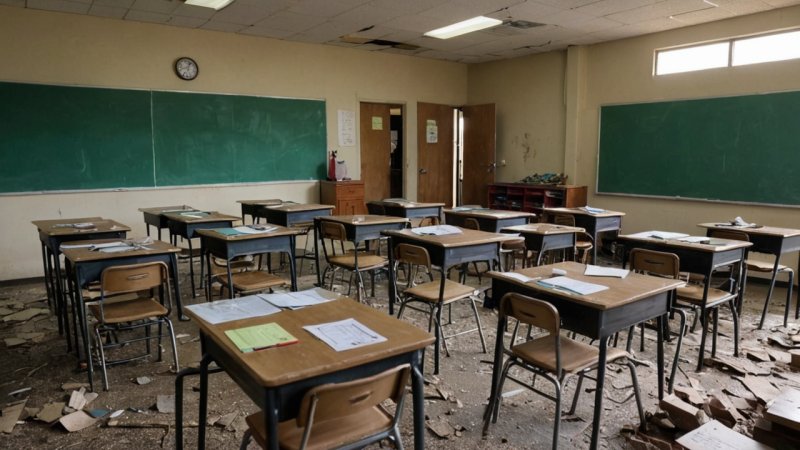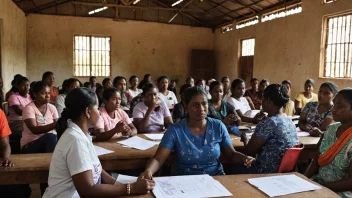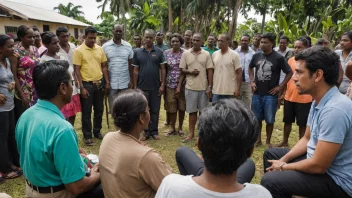What are the immediate effects of disasters on education systems?
Disasters can lead to the immediate closure of schools, loss of infrastructure, and displacement of students and teachers. This disruption can severely hinder access to education, impacting learning and development.
How do disasters affect children's mental health?
Children exposed to disasters may experience trauma, anxiety, and stress. The disruption of their education can exacerbate feelings of insecurity and instability, making them more vulnerable to mental health issues.
What are the long-term consequences of disasters on education?
Long-term consequences include reduced educational attainment, increased dropout rates, and a widening gap in educational equity. Disasters can also lead to a shortage of qualified teachers and learning materials, further hindering educational progress.
How can communities support education after a disaster?
Communities can support education post-disaster by organizing recovery efforts, providing psychological support, and ensuring that schools are rebuilt with resilience in mind. Engaging local stakeholders in the restoration process is crucial for sustainable recovery.
What role do governments play in disaster recovery for education?
Governments are essential in leading recovery efforts, allocating funds for rebuilding schools, and implementing policies that prioritize educational resilience. They must also ensure that disaster preparedness is integrated into the education system.
How can individuals get involved in supporting education after disasters?
Individuals can volunteer with local NGOs, participate in awareness campaigns, and advocate for policies that support educational recovery efforts. Engaging in community discussions about disaster preparedness and resilience can also make a significant impact.
What resources are available for educators in disaster-affected areas?
Many organizations provide resources for educators, including training programs, teaching materials, and psychological support for both teachers and students. Websites like UNESCO and Save the Children offer toolkits and guidelines for effective recovery practices.
How does climate change relate to disasters and education?
Climate change is increasing the frequency and intensity of natural disasters, which directly impacts education systems. As more regions become vulnerable to disasters, the need for resilient educational infrastructure becomes increasingly urgent.
What initiatives exist to promote educational resilience?
Programs like the Global Education Coalition and various local initiatives focus on enhancing educational resilience through training, infrastructure development, and community engagement. These initiatives aim to create systems that can withstand and quickly recover from disasters.
How can technology assist in education during and after disasters?
Technology can play a crucial role in maintaining educational continuity during disasters. Online learning platforms, mobile apps, and digital resources can help students continue their education remotely when physical schools are inaccessible.
What are the key factors for a successful educational recovery?
Successful educational recovery hinges on collaboration among stakeholders, adequate funding, community involvement, and a focus on mental health support. Addressing the needs of all students, particularly vulnerable populations, is also critical.
In conclusion, understanding the impact of disasters on education systems is vital for developing effective recovery strategies. By collaborating and taking proactive measures, communities can help ensure that education remains accessible and resilient in the face of adversity.






